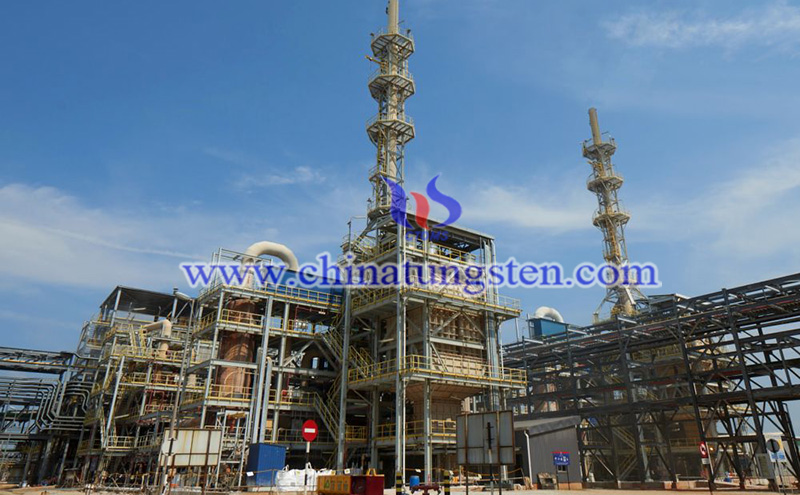Tungsten and Rare Earths in Japan's 34 Rare Metals List
- Details
- Category: Tungsten's News
- Published on Saturday, 21 November 2020 23:57
Japan has designated 34 "rare metals" - including rare earths - as having the potential for stockpiling and currently holds reserves of seven - nickel, chrome, tungsten, cobalt, molybdenum, manganese and vanadium. The stocks can cover 60 days of the country's consumption, after including non-obligatory privately-held stocks equivalent to 18 days of consumption. The strategic reserves are defined as being the property of state-owned agency Jogmec and are managed by the agency in its storage bases.
Japan defines rare metals as: "the earth is scarce, and it is difficult to extract due to technical and economic factors, metals necessary for modern industries and new industries that will be formed with the technological revolution in the future."

According to this definition, the Japanese government decided to classify 31 minerals - lithium, beryllium, boron, titanium, vanadium, chromium, manganese, cobalt, nickel, gallium, germanium, selenium, rubidium, strontium, zirconium, niobium, molybdenum, palladium, indium, antimony, tellurium, including cesium, barium, hafnium, tantalum, tungsten, rhenium, platinum, thallium, bismuth, and rare earths as the priority minerals.
Among the 31 key mineral raw materials, Japan gives priority to 10 minerals, titanium, chromium, manganese, cobalt, nickel, molybdenum, boron, strontium, barium (barite), and palladium.
Japanese basic energy policy is to simultaneously achieve Energy security, Economic efficiency and Environmental suitability with the underlying premise that Safety is always the primary concern. This article highlights its strategy toward securing a precious mineral resource known as “rare metals”.
Rare metals play an increasingly important role. Mineral resources, rare metals in particular, are essential to the production of lithium-ion batteries, motors and semiconductors for leading-edge industries related to electrified vehicles, AI-mounted equipment and IoT devices. Rare metals are produced in limited quantities, and some of them are extracted from raw materials with technical difficulties while the demand for rare metals is expected to increase.
Japan depends on imports from overseas for most of its demand for rare metals. However, uncertainties exist on the supply side. There are 34 kinds of rare metals, each of which is produced by a limited number of countries having large market shares as shown in the following table. Furthermore, many rare metals are produced in countries that are politically unstable.
Rare metal producing countries are not diverse. The market size, price and major producing countries are different for each kind of rare metals. For instance, cobalt, which is used for lithium-ion batteries, is mainly produced in the Democratic Republic of the Congo having a dominant production share of 64%. Tungsten, which is essential to special steel production, is dominated by China with an overwhelming production share of 90%+. Fluorite, which is used for lithium-ion battery production and semiconductor processing, is also dominated by China with a large share of 60%+. As these examples show, a limited number of countries dominate the production of rare metals.
Furthermore, the demand for rare earth (a kind of rare metal, comprised of a group of 17 metal elements) is expected to increase along with the dissemination of xEVs. Japan imports approximately 60% of its requirements for rare earth from China. If emergencies such as the spread of an infectious disease occur in major producing countries, there may be supply disruptions.
Tungsten and rare earths are critical for Japan. The country aims to work out strategic approaches toward securing resources by assessing risks associated with each kind of resources and selecting policies on which emphasis is to be placed. In order to secure a stable supply of mineral resources, the acquisition of upstream equities is of vital importance.
- Tungsten Manufacturer & Supplier, Chinatungsten Online: www.chinatungsten.com
- Tungsten News & Prices of China Tungsten Industry Association: www.ctia.com.cn
- Molybdenum News & Price: news.molybdenum.com.cn
- Tel.: 86 592 5129696; Fax: 86 592 5129797; Email: sales@chinatungsten.com



 sales@chinatungsten.com
sales@chinatungsten.com